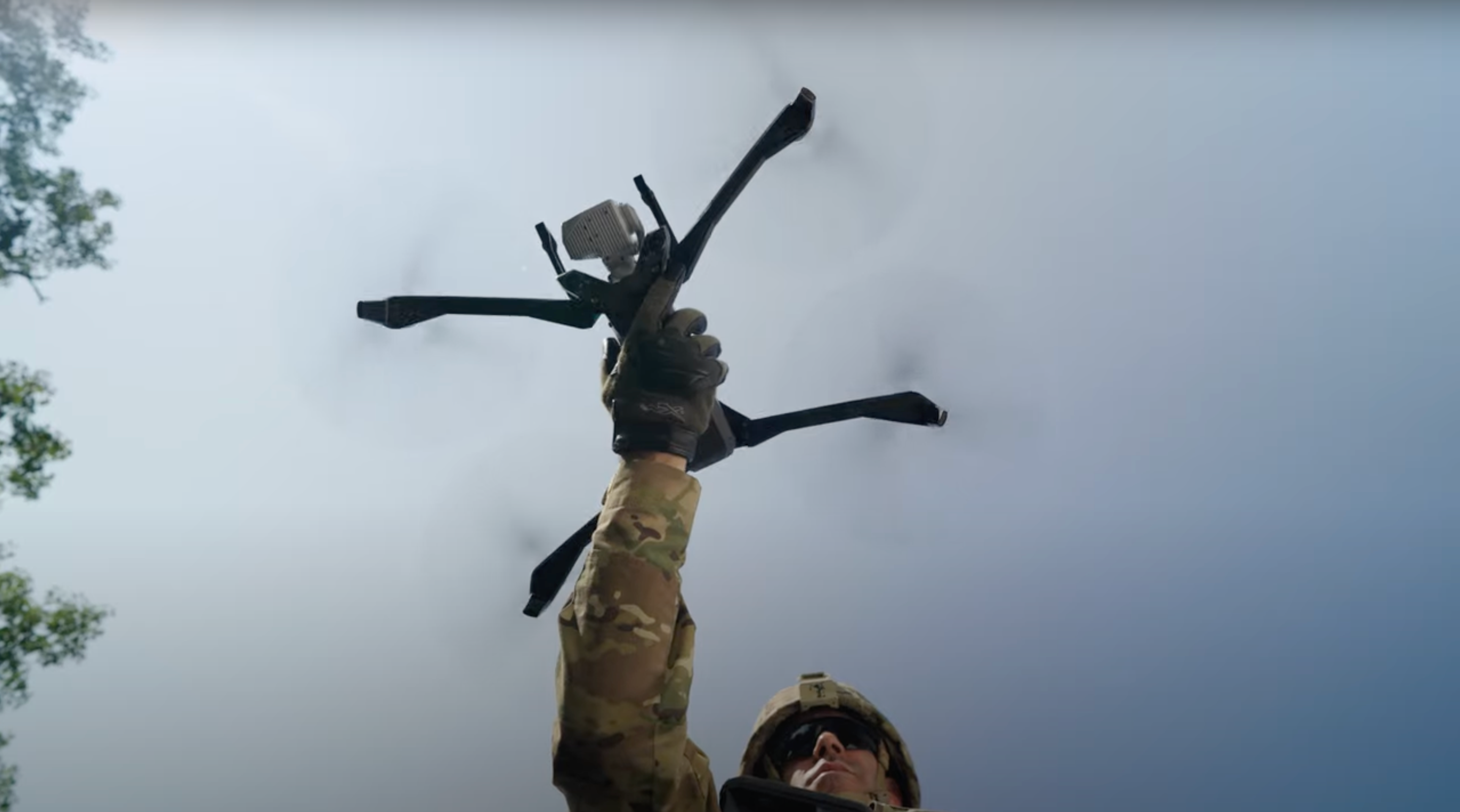We recently released the industry’s first study of Drone as First Responder (DFR) operations, which provided insights derived from agencies that conduct DFR flights in response to calls for service.
We also analyzed 27,000 X10 flights conducted by over 200 public safety agencies in mid-2024, including law enforcement and fire departments across city, county, and state jurisdictions. These flights include both onsite and remote drone operations for incident overwatch, search and rescue, suspect surveillance, foot and car pursuits, tactical team response, warrant executions, and more.
What surprised us the most was the altitude at which operations were conducted. What we found:

The average altitude for all public safety flights is 143 feet
FAA regulations limit drones to no higher than 400ft, but that does not mean one must fly that high to accomplish the mission. The vast majority of agencies do not have restrictions on what altitude they can fly, provided they are below 400ft and within line of sight. As a result, the altitude flown is the one determined by the operator to serve the mission best. Organically, that number averaged 143ft.
99% of flight time is at 203 feet or below
While agencies may have permission to fly up to 400ft, the vast majority do not go much higher than 200ft. And if they do, the drone doesn’t stay at such an altitude for very long.
When people think of drone flights, many assume the drone is flying pretty high. Higher up there are fewer obstacles to hit, less likelihood of losing GPS signal in an urban canyon, and less propeller noise that could alert suspects. Perhaps these assumptions were formed in an earlier drone era where all these concerns were valid and had little or no mitigations.
With Skydio drones, we’re just not seeing it. Low-altitude flight is the norm and agencies are readily accomplishing their missions. This likely has something to do with our unique capabilities.
Powerful onboard autonomy gives operators confidence that their Skydio drones will not crash into obstacles nor have trouble passing through urban canyons where GPS signals are weak or unavailable.
Noise is also not a concern. At 150ft, Skydio X10 cannot be heard beyond the typical ambient noise found in most communities. This is by design. At 200ft, the X10 is 75% quieter than the DJI M300 at the same altitude.

Flying at lower altitudes also provides more opportunities for closer vantage points than the traditional birds-eye view. Being able to see directly into high-story buildings for welfare checks, flying low to peer into car and truck cabins looking for hidden dangers, and navigating around electromagnetic equipment for security checks are just some examples of how lower altitude flights can make a meaningful difference in officer and community safety.
“We used to have to walk up there and look in that window and now we have the capability of flying the drone up around that car and seeing if the guy is being compliant,” said Shawnee County (KS) Sheriff Brian Hill, about clearing high-risk vehicle stops.
Regulatory Impact
Breakthrough waivers enable safe DFR flight without the need for radar equipment
The FAA’s regulatory efforts are centered on ensuring the safety of all those who use our nation’s airspace. Increasingly, agencies are receiving waivers to fly drones beyond the visual line of sight, and NYPD received permission to do just that – without a visual observer or radar equipment. The key to NYPD’s breakthrough waiver is ensuring the drone does not fly more than 200ft above ground level, or more than 50ft within the structure of a building (known as shielded operations), with an overall ceiling of 400ft above ground level (AGL).

This is now becoming precedent. Since NYPD received the first waiver, other cities including Redmond, WA, Oklahoma City, and Las Vegas have received similar waivers. (You can learn more about how agencies like these navigate the approval process, safety protocols, and strategies for scaling drone operations here.)
The likelihood of a crewed aircraft below 200ft AGL or within 50ft of a structure is extraordinarily small. But to lower the risk even more, the FAA requires the drone operator to have live access to an ADS-B In receiver. This sensor, built into all Skydio X10 drones and Docks, captures aircraft broadcasting their position and makes this data available to the drone operator to ensure he or she can detect and avoid conflicting aircraft. With this equipment and capability, no radar is required to fly at 200ft or below. If the need for higher altitude operations arises or an agency wishes to capture unauthorized drones with counter-UAS technology, we proudly partner with Axon Dedrone, the leader in UAS radar.
The Skydio DFR solution is built to equip agencies with everything required to safely operate drones at the best altitude for every mission, and our industry-leading regulatory services can help you unlock BVLOS operations. Contact us to learn more.






